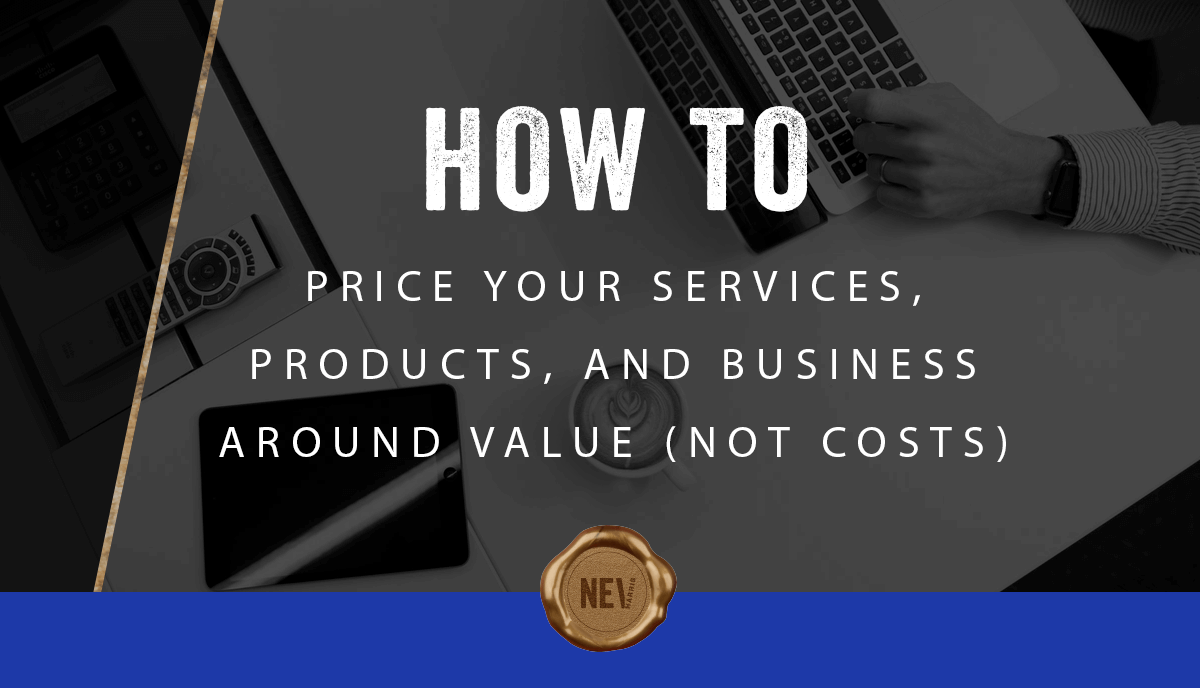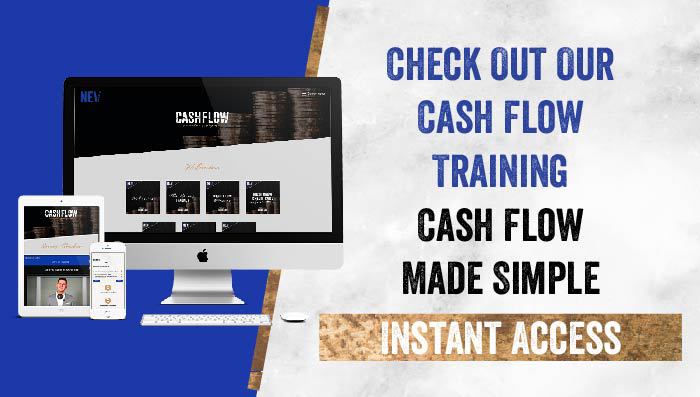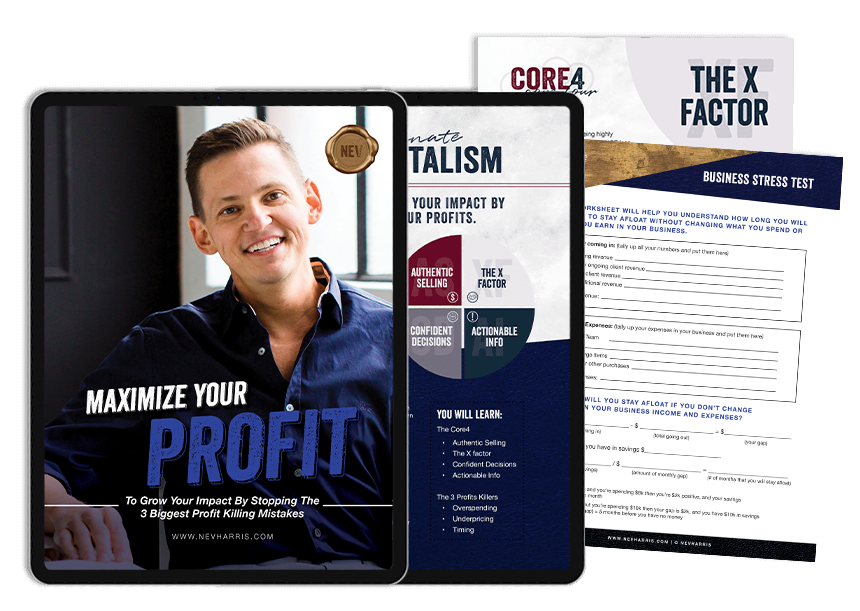How Value-Based Pricing Could Boost Your Business


For some of you, the end goal is to create a business that can eventually be sold. For others, the goal is to create a business that delivers greater profits, year over year.
Wherever you see this business going, ultimately what you want is to make money from it. And good money, too.
That’s why it’s important to learn how to price your services and products (and even your business) as early as possible.
Here’s what you need to know:
How to Price Your Services, Products, and Business
There are a number of ways agency owners calculate the cost of services.
One of the tactics commonly used by first-time agency owners is called cost-based pricing.
In some cases, the formula for cost-based pricing looks like this:
# of hours worked * $[hourly rate] = Project invoice total
This pricing strategy essentially tells clients and buyers: “You’re paying for my time.” There’s nothing about this model that accounts for one’s expertise.
It also fails to reward you for finding more efficient ways of working with business apps, automations, templates, and so on. Instead, it becomes a way to penalize you for finding a smarter, faster way to work.
Another way to determine pricing is to look at what the competition charges and to set your prices as close to them as possible:
$[your rate] = $[your competitor’s rate] = Project invoice total
While it’s good to have competitive rates, it ignores the fact that you have something different and better to offer prospective clients.
A smarter way to go about calculating prices for your business is to do a careful analysis of your monthly costs, including how many hours you work. Add a healthy markup to the total (like 30%) and that will be the minimum amount of money you’d have to make each month from your clients.
((# of hours worked * $[hourly rate]) + $[operating expenses]) * 1.3 = Monthly revenue total
This is a better approach to pricing as the markup enables you to pay yourself a wage as well as to start saving and investing your money. However, it’s still not the ideal way to price your services or business as it fails to account for what your client gets in the end (i.e. the value)
OUR CLASS FLOW CLASS STARTS WITH A GREAT MONEY TRACKER

How Value-based Pricing Works
Let’s say you run a web design agency and you recently built an e-commerce website for Client X. You set everything up for them, from web hosting to product inventory. You also optimized the website fully for speed, performance, and search.
Based on the cost-based pricing formulas above, you could’ve charged the client $5,000 and covered all your expenses while giving yourself a healthy profit markup to play with. But then you look more closely at what your client got in return:
First, you spared them the trouble of having to build the website themselves, which took you two months to complete and would’ve taken them much longer. Even if it didn’t, there’s no way they could’ve built anything that looks or performs as well as the one you built does.
Secondly, you took care of everything, so that their website could launch in the best position possible on Day 1. That’s because they were able to continue working behind the scenes on building a list of leads, setting up their social media, planning out their content strategy, and so on — all of the things they wouldn’t have had time to do if they built the site on their own or hired someone who needed more hand-holding.
Finally, you optimized the site. You optimized the product pages and payment gateway, in particular, for near-instantaneous speeds. You optimized the content on each page for search, so that Google’s bots would more quickly get their pages ranking in search. And don’t forget about security optimizations at checkout — something you knew would be useful for getting shoppers to convert.
Each of these things is absolutely critical for the success of an e-commerce business and you had the foresight and skill to take care of them already.
As a result, Client X nets a modest $1,000 from their new site the first month after launch. It’s not a lot, but you can see the upward growth already starting to happen. In the second month, sales triple. And, in the third month, they quadruple.
In just three months, they made $16,000 in sales.
If you had charged them $5,000 to build the site, how would you have felt about that? You might be proud of the work you did, but there also would’ve been a tinge of resentment there. You did all that work so the client could reap huge monetary rewards. What about you?
The lesson here is this:
Once you know what kinds of results your clients can get from the services or products you sell, your pricing needs to align with that value. The same goes for pricing out your business for buyers. Think about what they stand to get from buying a company you’ve put so much time and energy into and set a price that’s commensurate with it.
How to Get Past the Obstacles to Value-based Pricing
There are a couple of common obstacles agency owners face with value-based pricing.
The first is that many feel guilty about charging on value, feeling as though they don’t deserve to charge $15,000 for an e-commerce website that only took 30 hours to create.
That’s because it’s been so ingrained in us as a society that we go to work, get paid for the hours we’re there, and then take home our paycheck at the end of the week. But you’re not some cog in the wheel. You’re providing a valuable service that will benefit your clients for months and years to come.
To get past this guilt, look at some of the previous jobs you’ve worked on. What did your clients get out of it? Did they increase brand awareness? Did they see a bump in sales? Were they able to successfully integrate themselves into a new market?
You might be handing your client a blog post or website or consulting hours, but the results are much bigger than the “thing” you give them. Understand that and you’ll get past the fear of value-based pricing. Another obstacle to overcome is client or buyer hesitation to pay value-based pricing. This is only going to happen, though, if you don’t build trust into your business.
If you can get them to trust you from the very first interaction — be it with you, your website , a referral, a piece of content you’ve written, etc. — you won’t have to have those conversations where you defend yourself from questions like, “Why are you charging so much?” A lack of trust doesn’t just affect negotiations over price.
As Stephen M.R. Covey explain:
“When trust goes down—in a relationship, on a team, in a company, in an industry, with a customer—speed decreases with it. Everything takes longer. Simultaneously, costs increase. Redundancy processes, with everyone checking up on everyone else, cost more. In relationships, on teams, in companies, that’s a tax. I call it a low-trust tax where literally everything is being taxed off the top. Where trust is low, everything takes longer and costs more.”
When you’re able to demonstrate your expertise, skill, and ability to get them what they need, clients and buyers will be more than happy to pay what you ask of them. You’ll also find that value-based pricing attracts a higher quality client or buyer that understands the real tradeoff taking place here.
Wrap-Up
Want to know how to price your services, products, and business? Then, you need to look beyond the time you put into a single job. Your years of expertise, training, and practice, as well as everything you’ve done to create a streamlined operation, is what you should be charging for. If you’re not yet pricing your business for value, or you’re struggling to create a trustworthy business, let’s talk.


